7 Automotive Datasets for Computer Vision Projects
Top automotive datasets like KITTI, ApolloScape, and nuScenes are essential for developing advanced computer vision models in autonomous driving, object detection, and scene segmentation, enhancing vehicle safety and driving efficiency.
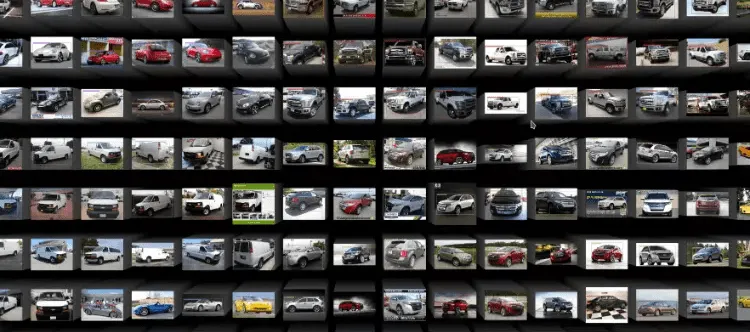
The automobile sector is implementing computer vision technologies quickly to enhance driving safety, effectiveness, and overall enjoyment. Vehicles are now able to "see" their surroundings thanks to computer vision, making it feasible to spot and respond to potential road hazards.
It is essential to have access to high-quality datasets to develop trustworthy and accurate computer vision models for the automobile industry. The top 7 automotive datasets that are frequently utilized in the industry for computer vision projects will be discussed in this blog. These datasets cover a variety of uses, including vehicle categorization, autonomous driving, and object recognition and tracking.
Whether you are an academic researcher or an industry professional, these automotive datasets will provide you with a solid foundation to build and test your computer vision models. So, let's dive in and explore these datasets in detail!
Significance of Automotive Datasets for Computer Vision Projects
Automobile datasets are necessary for creating computer vision models that can enhance road safety, productivity, and driving enjoyment. In the automobile sector, computer vision has several uses that are fast developing.
The need for autonomous vehicles and cutting-edge driver assistance systems has increased, making it more important than ever to have high-quality datasets available.
Automobile datasets offer a plethora of data that can aid engineers and researchers in creating computer vision models for a variety of applications. For instance, statistics on pedestrian detection can aid in the creation of sophisticated driving assistance systems that can identify and avoid pedestrians.
Similarly, datasets on object detection and tracking can aid in the development of autonomous vehicles that can identify and track other vehicles on the road.
Moreover, automotive datasets are also crucial for benchmarking and evaluating the performance of computer vision models. With standardized datasets, researchers and engineers can compare the performance of different algorithms and models and identify areas for improvement.
In summary, automotive datasets are significant for computer vision projects as they provide the necessary information and benchmarks for developing and testing advanced algorithms and models to improve safety, efficiency, and driving experience on the roads.
Top 7 Automotive Datasets for Computer Vision Projects
1. KITTI Vision Benchmark Suite

The KITTI Vision Benchmark Suite is a well-liked dataset for computer vision applications in the automobile sector. It contains various datasets for object detection, tracking, and scene comprehension that were obtained from a camera mounted on an automobile and other sensors. With real-world data on item detection, tracking, and scene comprehension, the dataset consists of nearly 39,000 annotated images. It is frequently employed for testing and comparing algorithms and models for driverless vehicles and sophisticated driver support systems.
2. ApolloScape
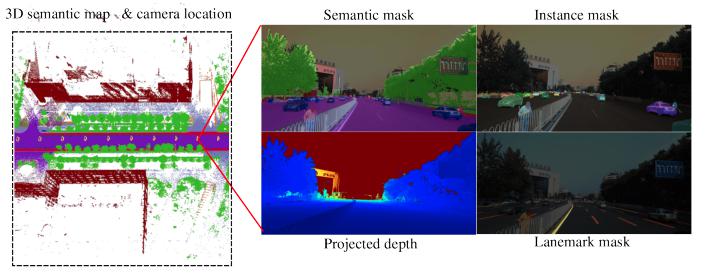
Another popular dataset for computer vision and autonomous driving applications in the automobile sector is ApolloScape. It includes a variety of datasets for stereo depth estimation, 3D object detection, and semantic segmentation that were collected from a variety of sensors, including lidar, radar, and cameras. Over 10,000 photos and 10,000 lidar scans are included in the dataset, together with real-world data on object detection, segmentation, and depth estimate. It is frequently used to benchmark and assess models and algorithms for robotics and autonomous vehicle applications.
3. Cityscapes
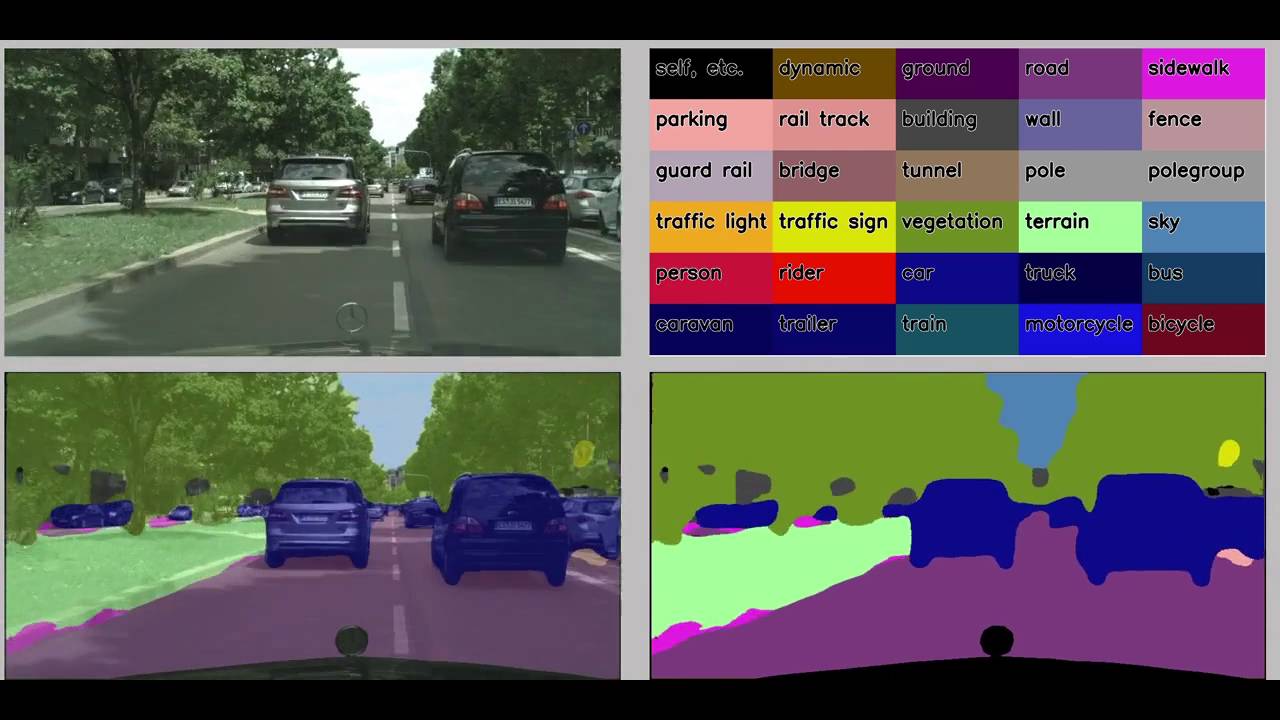
For semantic scene segmentation and scene comprehension in urban settings, there is a large dataset called Cityscapes. More than 5,000 high-resolution photos of urban scenes are included, each annotated in great detail about object classes and semantic segmentation. The dataset is frequently used to create and evaluate computer vision models for comprehending urban environments, including autonomous vehicles, robots, and smart city applications.
4. nuScenes
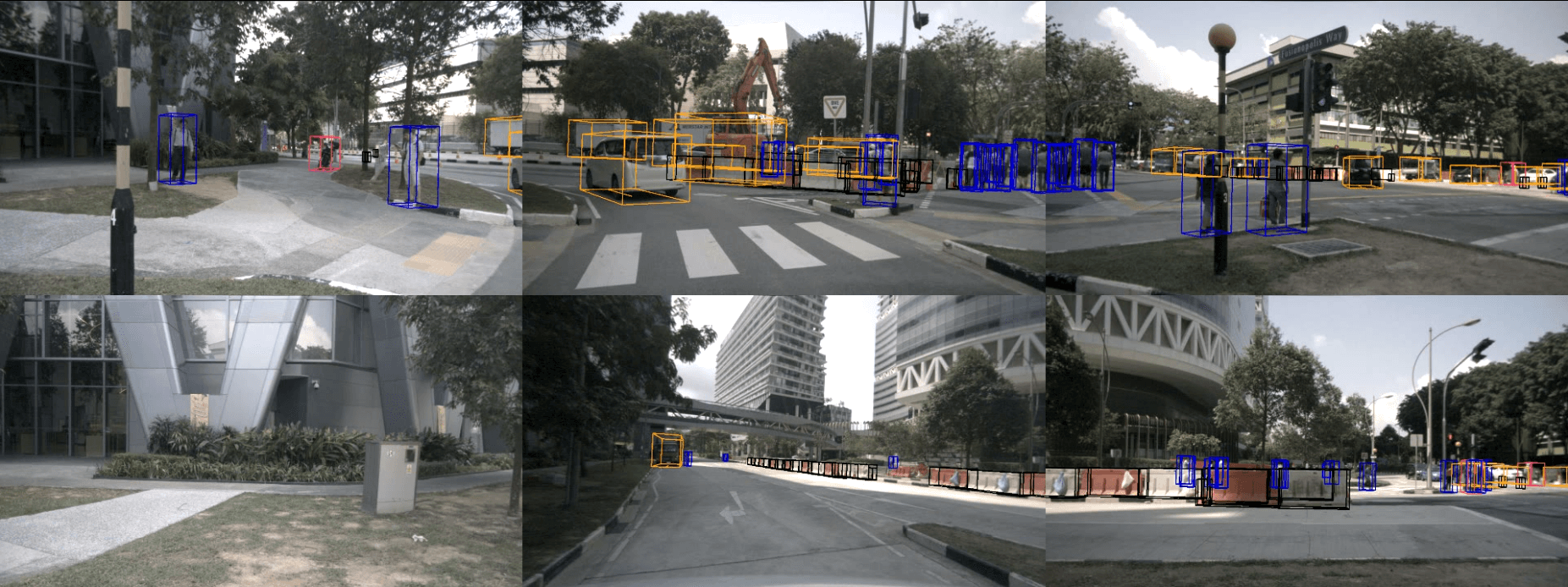
For computer vision and autonomous driving research, nuScenes offers a sizable dataset. Over 1.4 million pictures and lidar point clouds from various sensors, including lidar, radar, and cameras, were used to create the over 1,000 scenes that comprise the dataset. The dataset is perfect for creating and testing algorithms and models for autonomous driving and cutting-edge driver assistance systems since it contains real-world object identification, tracking, and forecasting data.
5. Udacity Self-Driving Car Dataset
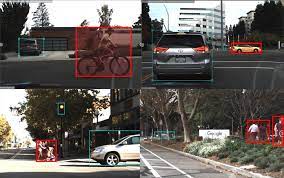
The Udacity Self-Driving Car Dataset is a popular dataset for autonomous driving and computer vision projects. It contains approximately 200,000 photos and lidar point clouds that were obtained from a camera and lidar sensor mounted on an automobile. The dataset is perfect for creating and testing algorithms and models for autonomous driving and sophisticated driver assistance systems since it contains real-world object detection, tracking, and semantic segmentation data.
6. Daimler Urban Driving Dataset
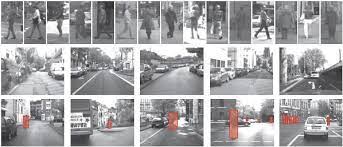
Object tracking and detection in urban settings are made possible by the Daimler Urban Driving Dataset. It contains more than 100,000 photos taken with a camera mounted on an automobile and actual data on item classes and bounding boxes. The dataset is frequently used to create and test computer vision models for sophisticated driver assistance systems, such as the recognition of pedestrians and cyclists.
7. Bosch Small Traffic Lights Dataset

The Bosch Small Traffic Lights Dataset is a traffic light detection and recognition dataset. It includes over 10,000 images captured from a car-mounted camera, with ground-truth information on traffic light classes and states. The dataset is widely used for developing and testing computer vision models for autonomous driving and advanced driver assistance systems, including traffic light detection and recognition.
Summing it up
In conclusion, the automobile industry uses these top 7 automotive datasets extensively to build and test computer vision models for various uses, such as autonomous driving, sophisticated driver assistance systems, and smart city applications. They offer academics and engineers the use of data and benchmarks for creating and assessing sophisticated algorithms and models that might enhance driving comfort, efficiency, and safety.
FAQs
- What role does computer vision play in the automobile industry?
Computer vision is crucial to the automotive sector since it can enhance accuracy, efficiency, and safety in several applications, including autonomous driving, object identification, and picture segmentation.
2. What are some applications of computer vision in the automobile sector?
Preventing accidents, strengthening driver assistance systems, increasing the precision of object recognition, and upgrading the caliber of production procedures are a few applications of computer vision in the automobile sector.
3. How can computer vision datasets be utilized in the automobile industry?
Machine learning models can be trained using computer vision datasets for a variety of automotive applications, including object identification, image segmentation, and classification.
4. What additional kinds of datasets are there for computer vision projects?
Geospatial datasets, sports datasets, and retail datasets for tasks like image classification, object recognition, and semantic segmentation are some other forms of datasets for computer vision projects.
5. How do you create training datasets for computer vision models?
Identifying the type of data needed for the particular model, gathering and labeling the data, cleaning and preprocessing the data, dividing the data into training and testing sets, augmenting the data to increase its diversity, and validating the data to ensure its quality are the steps involved in creating training datasets for computer vision models.
6. Which are the top 7 automobile datasets for machine vision projects?
KITTI, ApolloScape, Udacity Self-Driving Car, Waymo Open Dataset, nuScenes, BDD100K, and Ford AV Dataset are the top 7 automotive datasets for computer vision applications.

Simplify Your Data Annotation Workflow With Proven Strategies
.png)


